
2028 Service Delivery Road Map


2028 Service Delivery Road Map
As we continue our 115+ year journey in Surf Life Saving it’s critical that we constantly strive to not just maintain but build on our relevance to our stakeholders. Our primary purpose is to support our communities and beachgoers between the flags and it’s of critical importance to support our clubs in that important core role. As we evolve, so do the expectations of Government, our community, and our own members, particularly with regards to operations outside the flags. In this context, this SLSNSW Emergency Management Framework will play an important role in meeting those new expectations while relieving pressure on our clubs whilst continuing to position and grow our strengths between the flags.
Our members and clubs are at the forefront of everything we do and providing opportunities for all to explore additional pathways forms a valuable part of member engagement. As requests from other agencies for our teams to form an integral part of emergency responses outside the flags increases, so too does the need for SLSNSW to provide the structure, training and framework to ensure success. As we assess our capability across a range of emergency response services the Emergency Management team will draw on strategies and networks to ensure our members have access to opportunities to explore additional pathways and are positioned to succeed.

Peter Agnew AM, SLSNSW President
Joel Wiseman, SLSNSW Director of Lifesaving

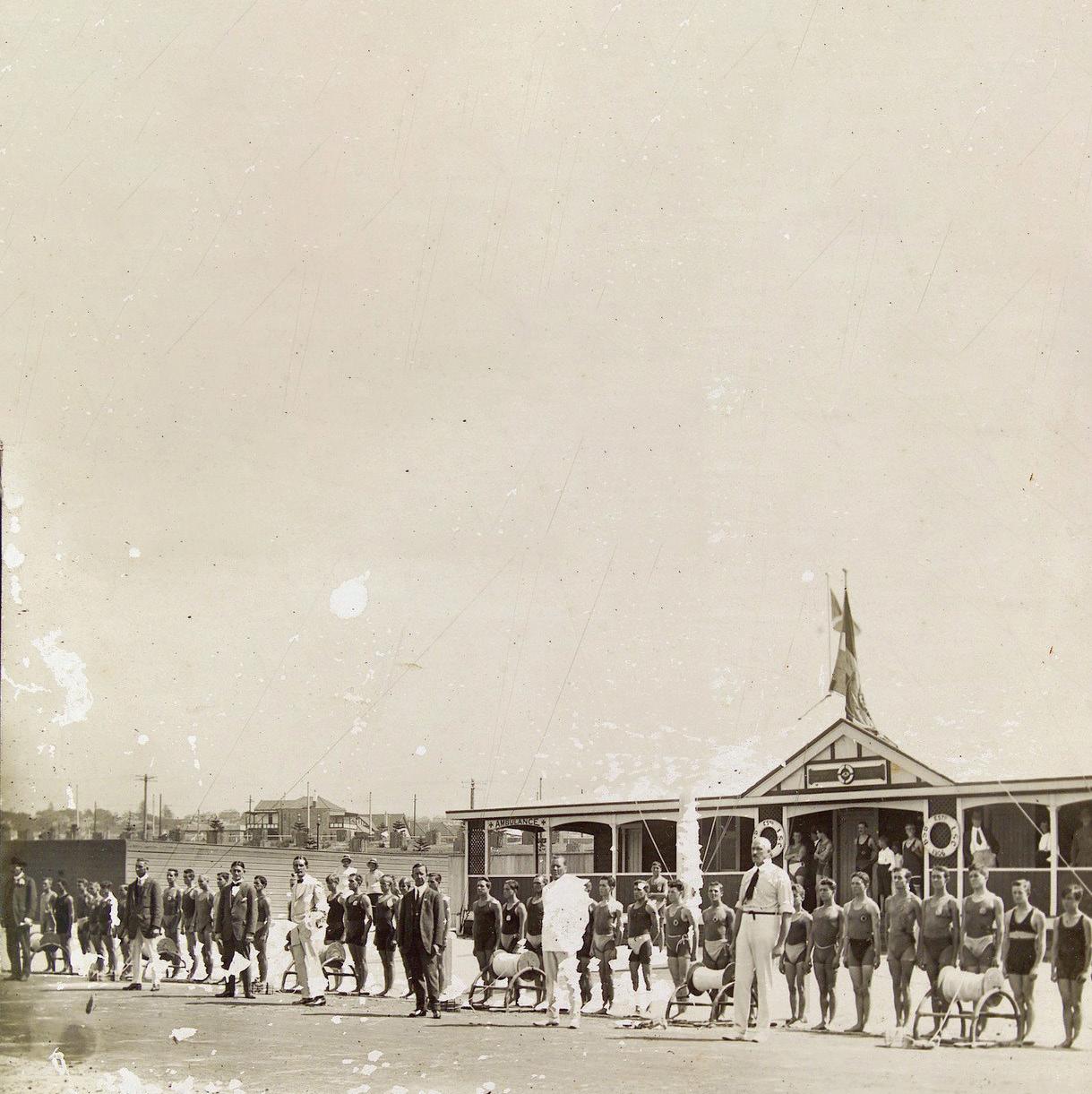
The Surf Life Saving movement in Australia first began in NSW in 1907. Since that time all 129 Surf Life Saving Clubs along the NSW coastline have been established from an identified need to provide a service to protect the public from surf related hazards.
Over the years we have evolved as an organisation and we continue to build on our reputation for admirable service delivery and caring for our communities.
Our reach now extends well beyond the flags with our traditional patrols being enhanced through Rescue Services including Inflatable Rescue Boats, Offshore Rescue Boats, Rescue Water-Craft (RWC), Unmanned Aerial Vehicle (UAV) surveillance and mobilisation of club call-out teams to provide a more comprehensive level of services to the public.
Eleven branches covering the entire coastline of New South Wales provide the administrative structure and support for the clubs in their area.
At Surf Life Saving NSW (SLSNSW) our role is to assist in coordinating and supporting the work of our frontline surf lifesavers by providing an emergency management framework that will build on the outstanding work to date and provide ongoing pathways for member development.
As the needs of our community evolve, so must we, and the Emergency Management Framework and 2028 Service Delivery Road Map provides the structure and underpinning systems and processes to enable and empower our volunteers. A key part of this is our Operational Service Delivery Model.
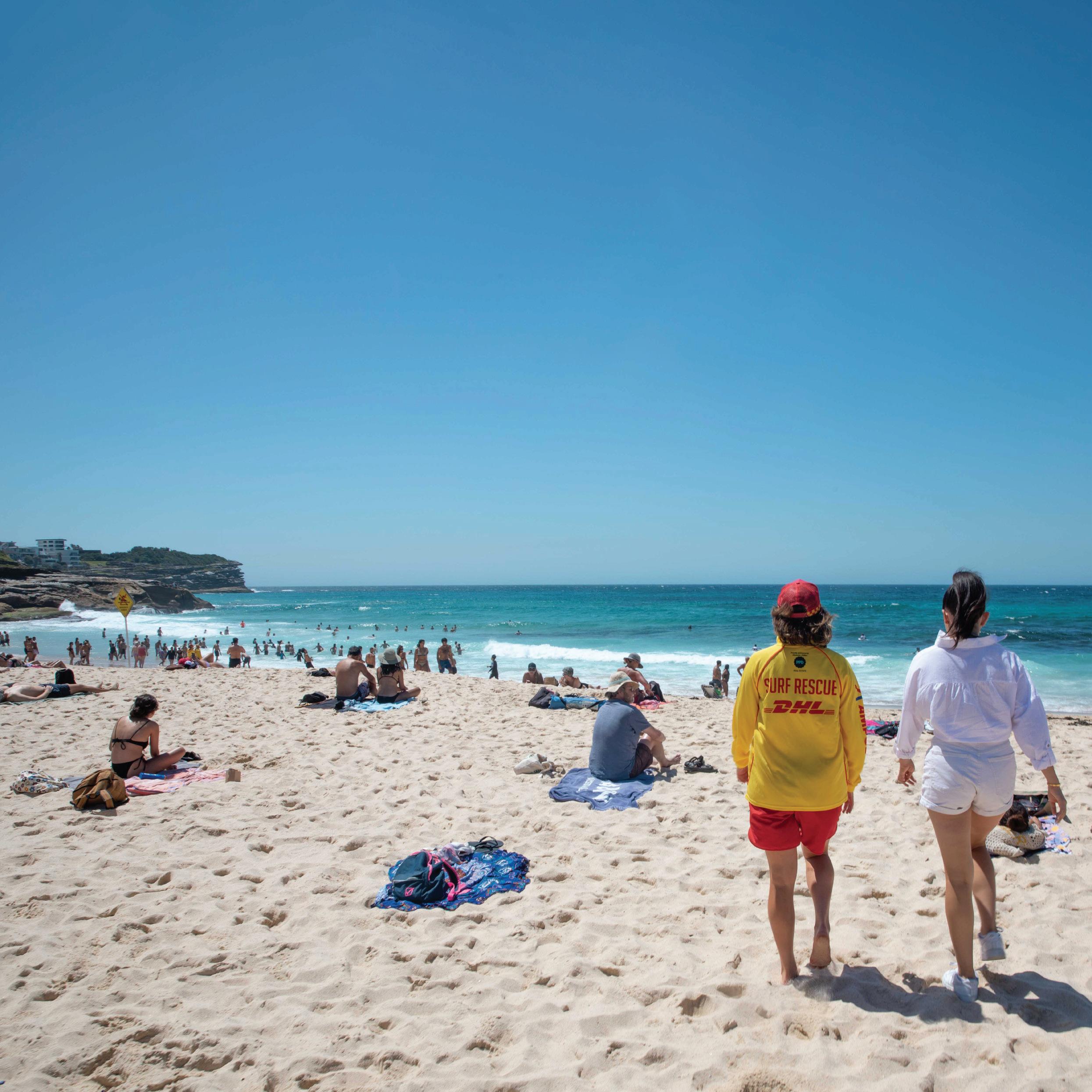
Our emergency management vision is twofold. Firstly, to enhance coastal safety strengthening our Surf Life Saving objective of Zero Preventable Deaths. And secondly, to ensure effective and consistent operations outside the flags.
Serving our Community is our purpose, our reason for being, and it continues to be central to everything we do.

Our community is our key purpose and our reason for being. Supporting our community are three core elements: volunteer members, clubs, and the red and yellow flags. These are our core foundations and, as an organisation, remain our key focus.
Our members are skilled, trained and resourced to support frontline coastal aquatic lifesaving between the red and yellow flags.
Our clubs are a community hub and safer place for social gathering and protection. They’re the frontline for lifesaving and emergency response.
The core role for lifesaving during patrolling season. Without this being effectively delivered our relevance as an organisation is diminished.
A focus on our core business of patrols between the red and yellow flags supports our vision of zero preventable deaths. Keeping beachgoers safe is more than just patrolling, it encompasses a broad range of skills development, training, preparedness and education for the community.
Our extension beyond the red and yellow flags encompasses the entirety of the NSW coastline (and inland as needed). This includes our Rescue Services, Lifeguards, UAV services and coastal research.
Each NSW surf club has an Emergency Call Out Team consisting of members with a range of skill sets including on-water response, communication, medical and more. They are called on to respond outside patrol hours or outside the flags and are a key part of our emergency response capability.
Rescue Services
Rescue Services (previously known as Support Operations) is a branch-wide entity comprised of Duty Officers, RWC Operators and UAV Operators and Pilots. Duty Officers serve as forward commanders and RWC and UAV Operators play a crucial role in our capacity to conduct roving patrols along the coastline and execute search and rescue missions.
These teams of lifesavers have attained specialist training and equipment and our SLSNSW Rescue Services now support other emergency services 24/7/365.
These services are delivered by our club members, facilitated by branches, and are an opt-in model for our lifesavers.
Our introduction of paid services including Australian Lifeguard Services, Australian Lifesaving Academy, Australian UAV Services and Australian Event Safety Services.
SLSNSW services extend the entirety of the coastline and inland as required. These services are coordinated through the State Operations Centre (SOC) – SURFCOM which is the communications and dispatch hub for SLSNSW and critical to supporting lifesaving services across the State. As a single point of contact for any Lifesaving, Lifeguard or outside the flags response, the SOC has operational oversight of emergency responses 24/7, 365 days a year.
Our services are continually being developed and now include our State Operations Group, Emergency Management and broader NSW services.
Our State Operations Group is coordinated by State, supported by branches and clubs, and is opt-in for members at every level. State sets policy and standards, branches and clubs provide service delivery through those Members who choose to opt-in.
The SLSNSW State Operations Group encompasses all operational and emergency responses outside the flags. It includes elements such as the State Operations Centre, Rescue Services, emergency call out responses, training and preparedness (ie: SAREX’s), Emergency Operations Centre activations and more.
The over-arching goal of the State Operations Group is to provide alignment and collaboration across all SLSNSW entities that provide operational response outside the flags. These skills are then transferred back to our patrolling between the flags, further strengthening beach safety.
Surf lifesavers have been providing emergency care at NSW beaches for well over a century. As expectations of our community and other agencies evolve so must we. Our reputation for providing professional and capable emergency response has been well-earned and has solidified over the past number of years since becoming an official Emergency Service Organisation (ESO). Formalising an emergency management framework will build on the good work to date, provide ongoing pathways for member development, and align us with our partner ESOs, local government and other non-government organisations.
As a team we must ensure that we meet Commonwealth and State legislation and compliance and align to emergency management ‘all hazards all agencies’ arrangements; have effective interoperability with other emergency service agencies; and implement an Operational Capability / Continual Improvement framework.
Our services are no longer confined to the coastal foreshores and aquatic environment but now may extend throughout NSW as required. We align with SLSA and other State Surf Rescue services wherever possible.
While our primary focus must always be on enhancing and supporting our frontline lifesaving services, as we look to the successful implementation of our Operational Service Delivery Model we need to remain mindful of our legislative obligations as an ESO.
The NSW State Emergency and Rescue Management Act 1989 (SERM Act) provides legislative compliance for emergency service and functional support agencies within NSW. It is important to recognise SLSNSW is now a formally recognised NSW emergency service organisation within the SERM Act.
The SERM Act definition of Emergency means an actual or imminent occurrence (such as fire, flood, storm, earthquake, explosion, terrorist act, accident, epidemic or warlike action) which endangers, or threatens to endanger, the safety or health of persons or animals in the State.
The State Emergency and Rescue Management Act is governed via the State Emergency Management Committee (SEMC).
The SEMC includes all Commissioners and CEOs of NSW emergency service organisations, and senior representatives from supporting functional areas including NSW Health, Transport, Utilities etc. The NSW Police Deputy Commissioner for Emergency Management is the Chair of the SEMC.
NSW State Rescue Board –SERM Act Part 3
The NSW State Rescue Board (SRB) is a legislative compliance Board that is enabled within the SERM Legislation. The principal function of the SRB is to ensure efficient and effective rescue services throughout the State.
The SLSNSW CEO is a member of the SRB, this places legislative compliance on the way we carry out any rescue services outside our beach flag safety.
Together all three rings represent our Operational Service Delivery Model
SLSNSW Emergency Management
Framework operates through an integrated Operational Capability framework that captures everything we do outside the flags. This includes coastal safety, Rescue Services, and operational assistance to other agencies as defined by the SERM Act.
The Capability Statement defines a SLSNSW capability/service through its Capability lifecycle. A Capability considers inputs that include Policy, Assets/Equipment, Training, Rescue Readiness, Organisational Support, and Leadership (PATROL), plus our ability to Sustain that capability.
The Capability Lifecycle includes a capability needs analysis, specific requirements, acquisition and implementation, the managed capability/service, and a review/refresh process.
A Capability baseline includes a capability assessment across five levels of service. Assessing capability baselines allows us to monitor our progress.
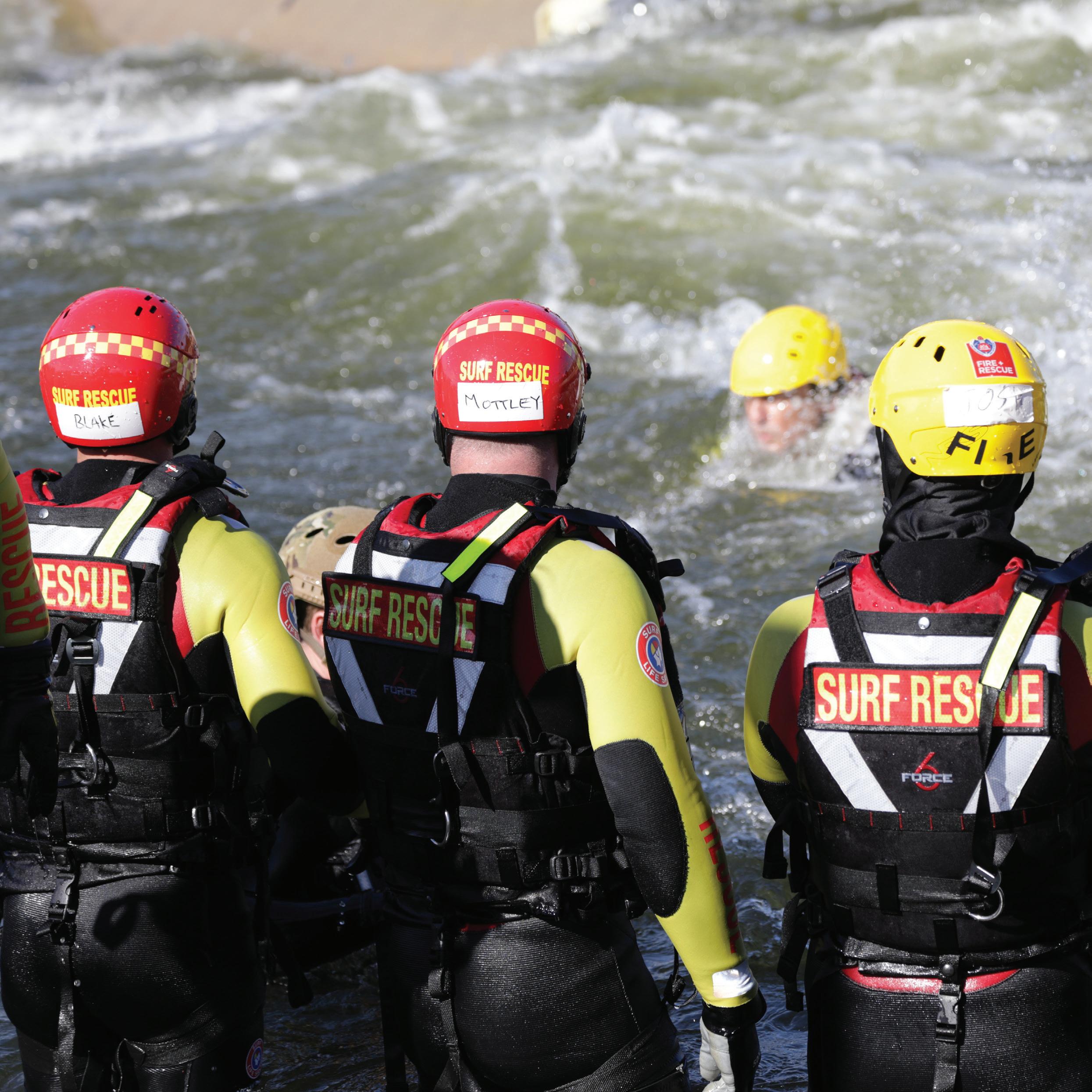
A key to setting our teams up for success is to be clear about what it is we will do, and what we will not do in terms of emergency operations. To effectively equip, develop, empower, and support our personnel, the lists below provide examples of our existing capability. As we continue to evolve and further develop as an Emergency Service Organisation, we may review and adapt:
• Provide roving patrols outside the flags and undertake SAR
• Respond outside the flags via taskings from the SOC
• Provide first aid support to the level of our training
• Participate in multi-agency training and SAREX’s
• Represent at Local/Regional Emergency Management Committees
• Provide Liaison Officers to Emergency Operations Centres
• Provide flood operations support to NSW SES
• Host community recovery centres at our clubs
• Support beach evacuations where requested
• Provide lifeguarding and event safety services throughout NSW
• Provide rapid damage assessments via UAV
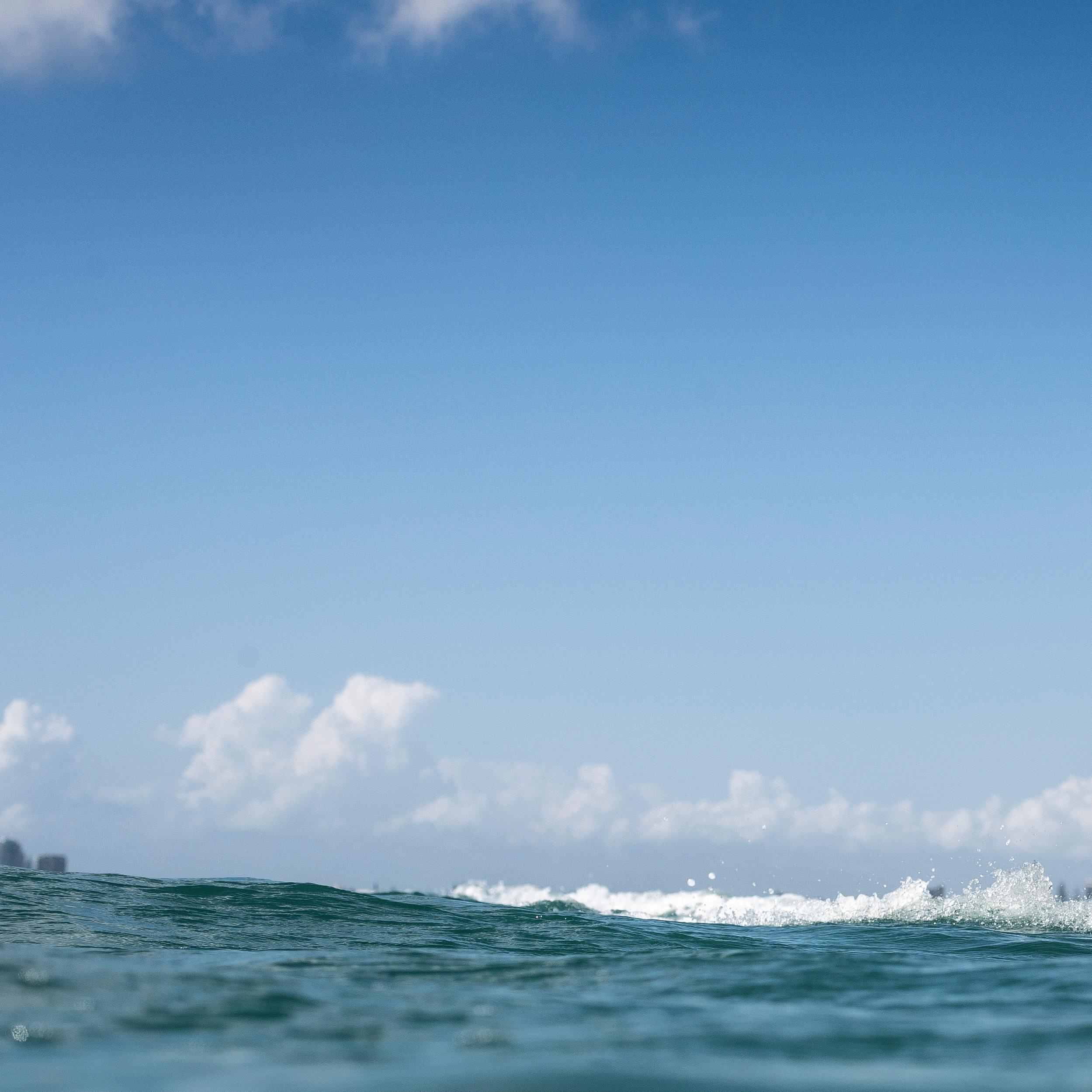
• Self-task to emergency operations outside the flags at any time
• Respond or task where we can’t safely train/equip our personnel
• Respond to emergencies with lights and sirens (trial considered)
• Fight fires, provide cleanout/washout after floods
• Undertake HAZMAT operations
• Run evacuation centres
• We will continue to assess existing and new requests

Service Level
Members/ Teams
Alignments
Club Emergency Call Out Teams
Duty Officers/RWC/UAV/Rescue Services/Trainers/Wellbeing
Emergency Management
State Duty Officers
Public Safety Teams
State Operations Group
State Operations Centre/State Duty Officers/Duty Officers/LEMC & REMC reps/ECOT/RWC Operators/Search & Rescue Services (SAR)/ SAREX/UAV Teams/Flood Operations Group/...
State Support
SLSNSW Rescue Services underpinned by NSW Emergency Management Legislation/EM Arrangements/Standard Operational Procedures/Workplace Health & Safety/People & Culture/Member Support and Wellbeing/Surf Sports/Grants/Education and Training/ Finance/...
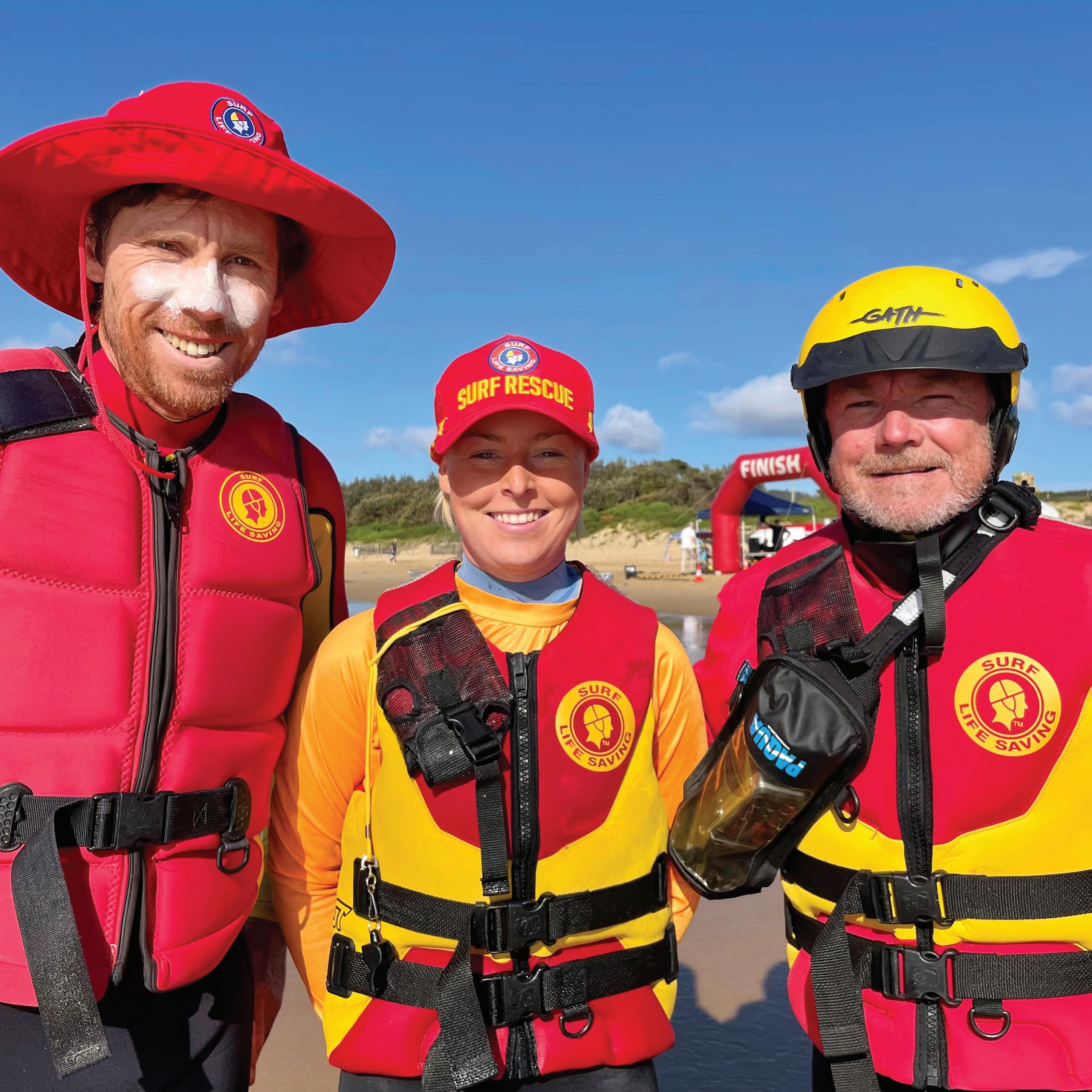
To learn more about our Operational Service Delivery Model and what’s happening in the Emergency Management space please scan this QR code.
